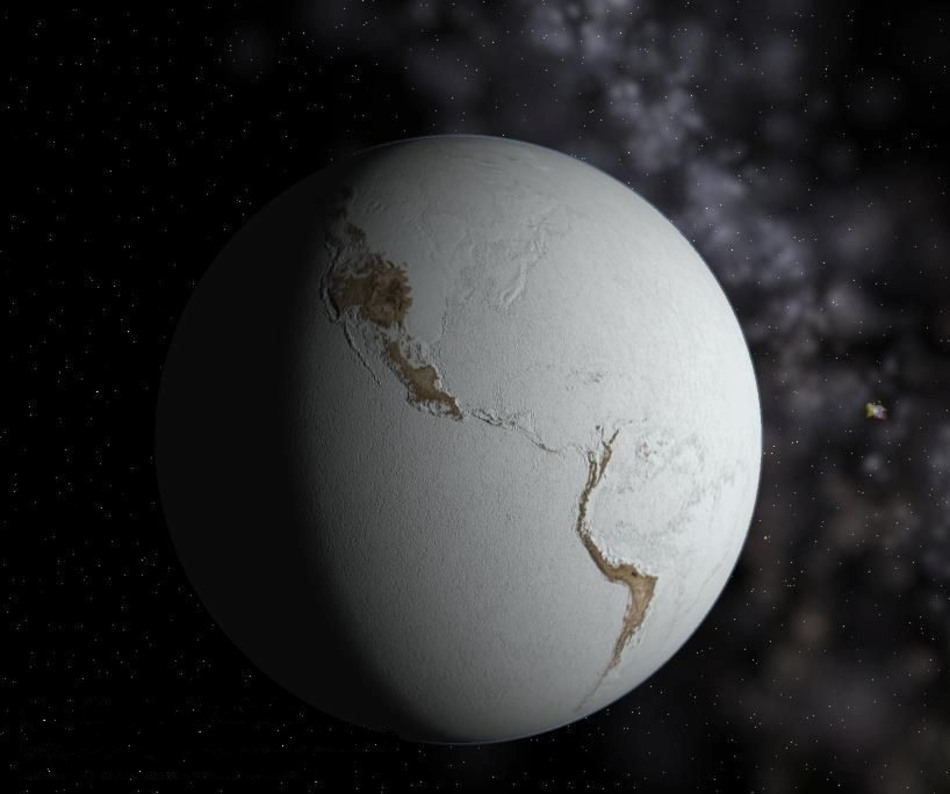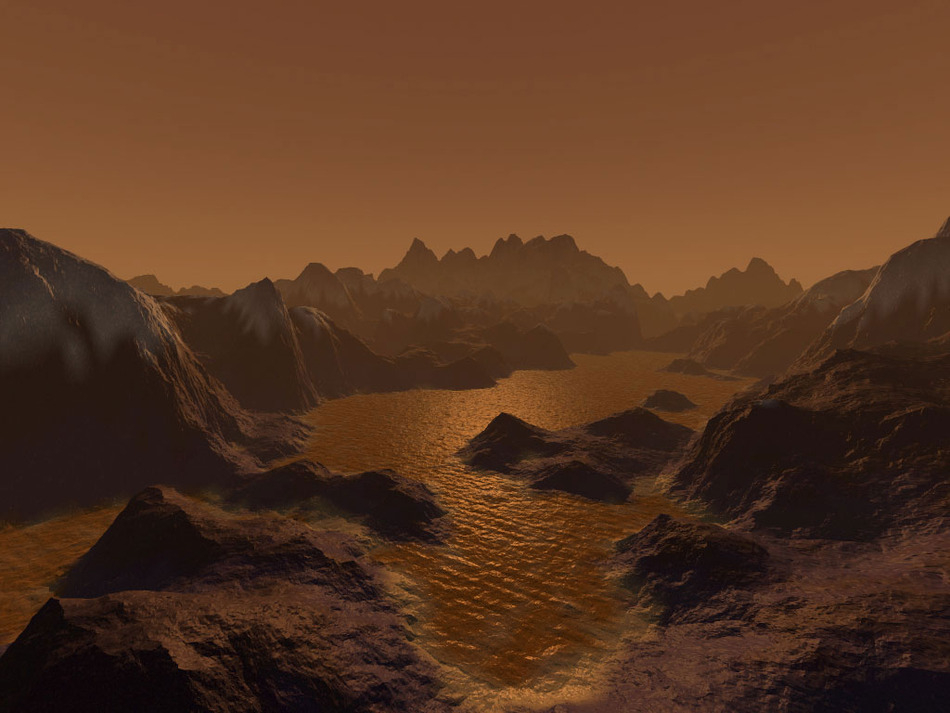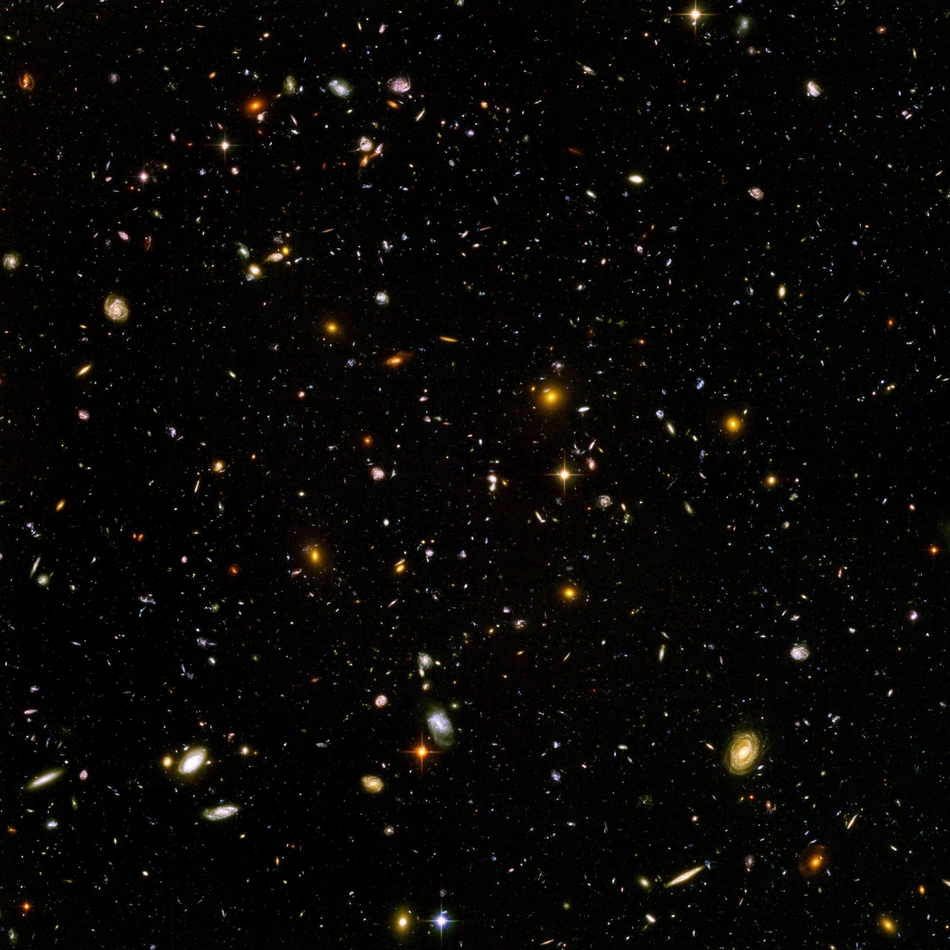
Questions:
- If the Sun were to suddenly disappear from one moment to another, what would happen to Earth? Would all life die?
- Can we (at least theoretically) extend the life of our Sun?
- Suppose we had the technology to freely travel in our solar system for touristic purposes, what would be Sun.org's favourite travel destination?
- How many stars there are in the universe?
Answers:
1. If the Sun were to suddenly disappear from one moment to another, what would happen to Earth? Would all life die?
Let's suppose the Sun disappears from one moment to the next. Of course this will never happen but it's a nice thought experiment in order to learn more about our planet.
The Earth would only see and feel the absence of the Sun a little more than 8 minutes after the Sun has disappeared. Not only light, but also changes in the gravitational field propagate with the speed of light. As soon as the our sky darkened in the twinkle of an eye, Earth would leave its orbit around the ex-Sun and start moving in a straight line through the Milky Way; the beginning of a very uncomfortable voyage.
Apart from the artificial light which is created by us it would be really dark on Earth. All the other stars of the Milky Way would light up Earth, but since they are so far away the cumulative light intensity would be just about 0.03% of a full moon or less than 0.0000001% of the sunlight we have now. That's way too little for plants to photosynthesise; a great problem since oxygen and food generation would come to a halt. There would still be enough oxygen in Earth's atmosphere to let all living creatures breathe for thousands of years. But since most plants would die within days, lack of food production would cause mass extinction much earlier. And this is not the only problem we would have to deal with...
Right now the average temperature of the Earth is about 15°C (59 °F), which is not too bad. But without the main source of energy heating up our Earth, temperatures would begin to drop fast. Only a week after the Sun's disappearance the average temperature would be -10°C (14°F); there would still be some tropical areas with moderate temperatures above zero, but in Europe, for example, a drop of 25°C would not be much appreciated. After one year the average temperature would reach -70°C (-94°F) and all the upper layers of the oceans would be frozen. But here is an interesting point: the ice shield is a great insulator for the lower layers of the ocean. The thicker the ice layers get, the better the deeper parts of the oceans will be insulated. Additionally the water would remain heated by geothermal energy: the heat production inside the core of the earth, caused by radioactive decay.
After some years the surface temperature would reach the equilibrium temperature of -240 °C (-400 °F), which would be too cold for all of the components of our atmosphere (mainly nitrogen, oxygen, argon and CO2) to remain gaseous. First our atmosphere would rain down, and later it would snow down to the surface of the Earth. But all this wouldn't matter for Earth's new comfort zone deep down in the oceans as there would still be liquid water - with it at least some primitive forms of life - in these regions of the Earth. And this would be the status quo for the next billions of years! The Earth would now be in a thermal equilibrium with geothermal heat production in its core and the loss of the same amount of energy through emission of infrared radiation into space.
So, the Earth would not turn into a completely lifeless planet but would be a kind of huge spaceship transporting life (and of course the deep-frozen remnants of our own civilization) across our Galaxy. The Earth could theoretically be captured by another star in the future, starting a second evolution process all over again if the orbit were at the right distance from the star. But let's be honest: the chances that this would happen are almost zero, but fortunately the hypothetical reason for our journey - the disappearance of the Sun - has zero probability too! That doesn't mean that the scenario itself is impossible. Gravitational interactions between the Earth and another star passing too close to our solar system or gravitational interaction within very young star systems can kick single planets out of their star systems. Gravitational microlensing measurements indicate that there are a few hundred billion vagabonding, homeless planets in our Milky Way alone, exactly like the Earth in our hypothetical example above - with the only difference being that these planets really do fly through dark space in these instances!
2. Can we (at least theoretically) extend the life of our Sun?
Yes, theoretically we can. The Sun's end will come when all the hydrogen in its core has been fused to helium (see our article about the death of stars). But here we are only talking about hydrogen exhaustion in the core of the Sun. If you could somehow bring the hydrogen from the outer layers into the Sun’s core you could extend the life expectancy of the Sun from its current 10 billion years to probably about 100 billion years! Just a small fraction (about 10%) of the Sun's hydrogen will be used during its lifetime. A lot of pristine hydrogen will be blown away during the red giant phase, the last billion years before our Sun finally becomes a white dwarf.
3. Suppose we had the technology to freely travel in our solar system for touristic purposes, what would be Sun.org's favourite travel destination?
There are many spectacular places in our solar system that definitely would be tourist destinations should humankind attain the technology for space tourism. The first targets will be Earth's orbit (Dennis Tito already did it) and our own moon. But you could also travel to one of the gas planets’ moons and enjoy a spectacular Neptunerise or Jupiterrise. You could visit Olympus Mons on the planet Mars, which, with a height of almost 22 km, is the tallest mountain in our solar system. Another option would be having a diving trip deep down into the liquid water oceans of some of Jupiter's or Saturn's moons (like Enceladus). But our favourite destination would be another moon of Saturn: Titan. It has exactly the right balance of size (mass) and atmospheric pressure (1.5 bar) so that you could put on wings similar to those of birds and start flying around. You wouldn't even need a system for pressure compensation, just an isolating temperature suit. And the landscapes with mountains and lakes will be spectacular!




